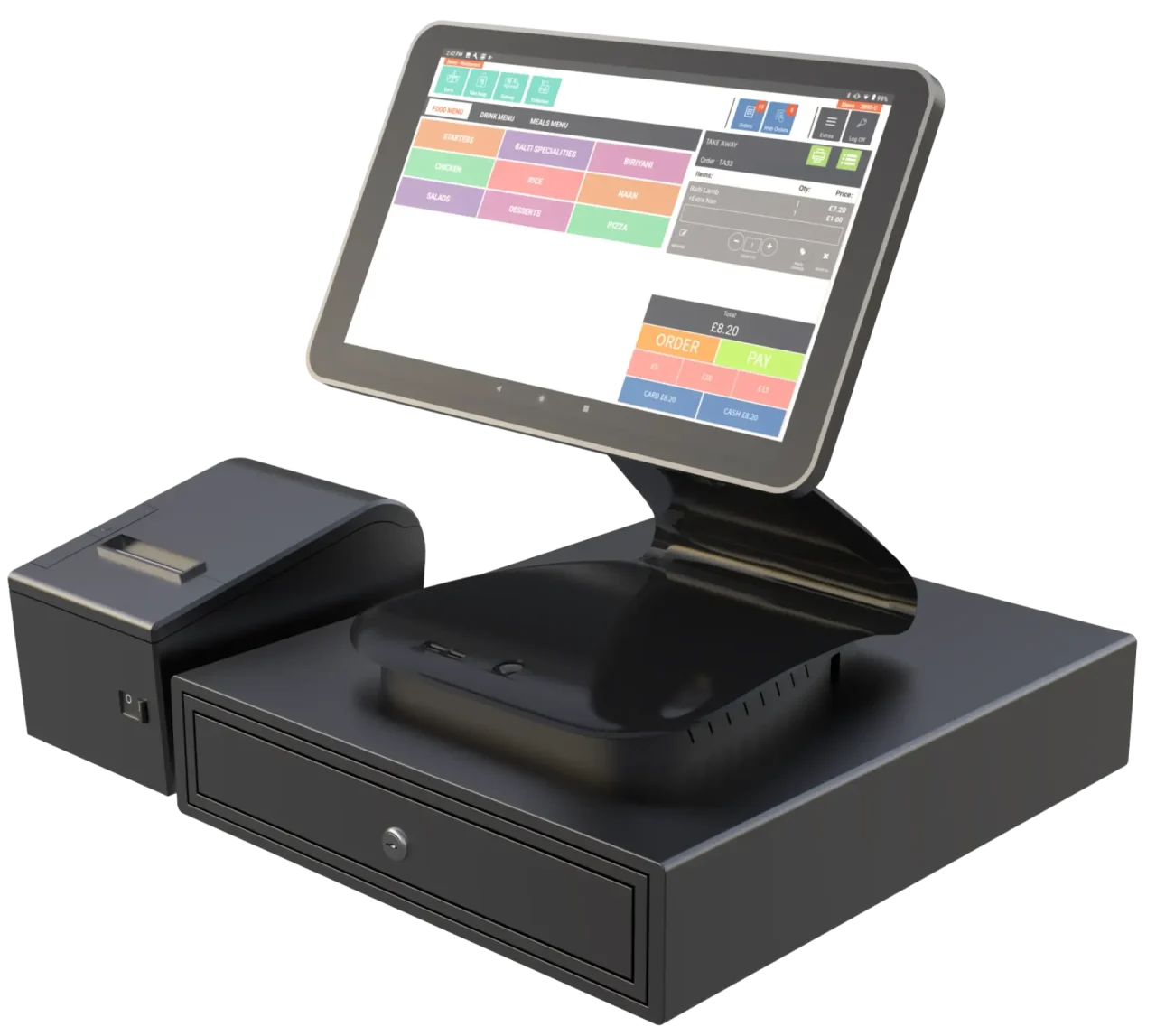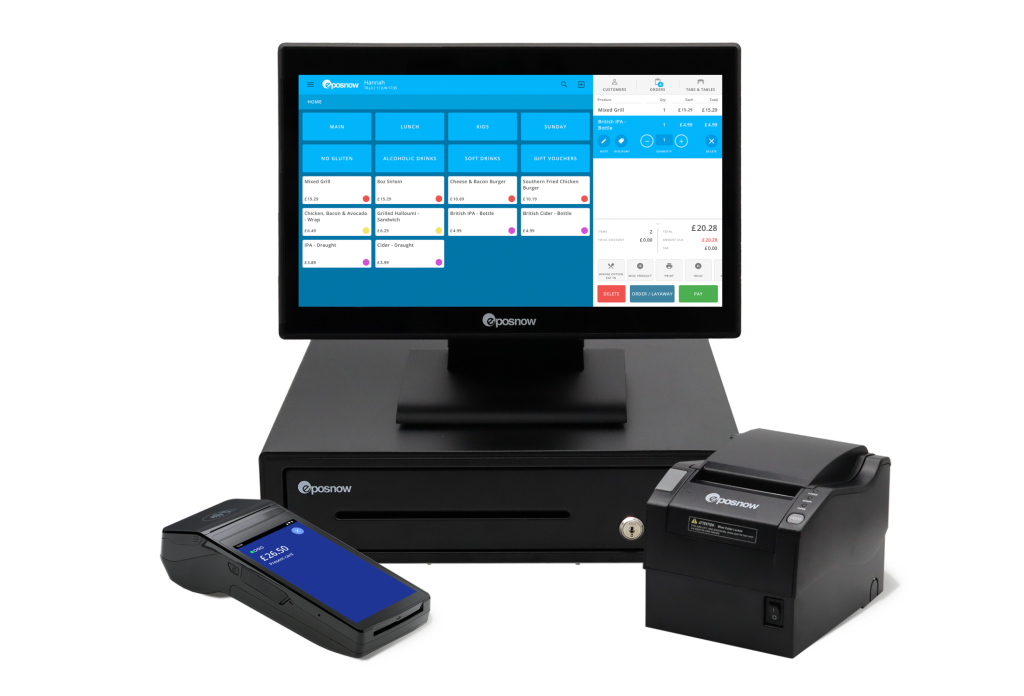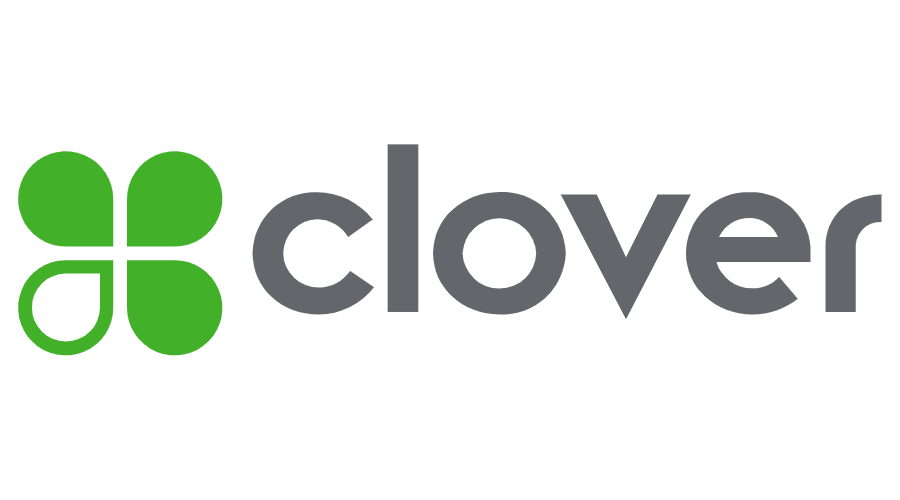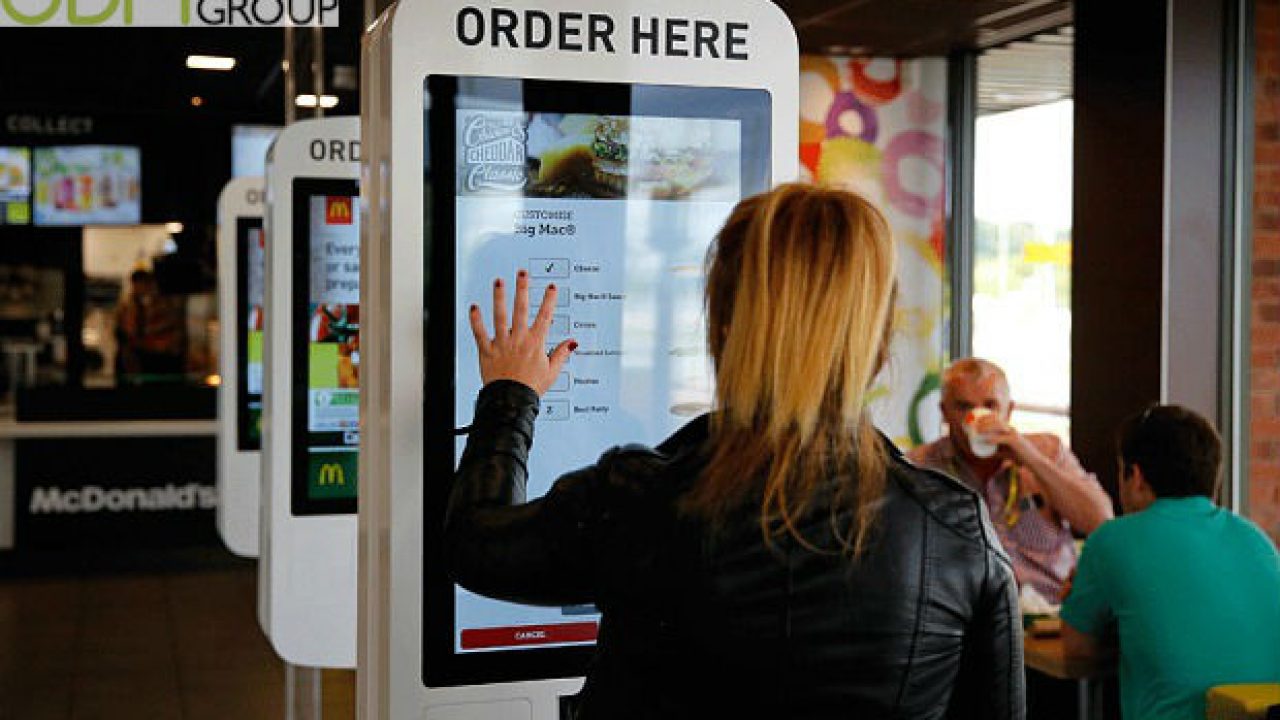Restaurants use ePOS (electronic point of sale) systems for various reasons. These systems streamline operations, enhance customer experiences, and provide valuable insights.
Imagine you’re in a bustling restaurant where orders and transactions continuously happen for hours. You’d need to track inventory and ensure accurate processing to create happy customers.
The best ePOS systems offer accurate pricing and faster table turnovers. You receive analytics and insights while creating more efficient workflows.
Lightspeed is a popular choice for businesses needing this support, but there are other alternatives to consider from competitors.
What is Lightspeed?
Lightspeed is a cloud-based point-of-sale (POS) system businesses use to manage their sales transactions, inventory, and customer data.
Imagine it as a digital cash register that operates on the Internet. This product helps you process payments, track transactions, and manage your inventory in real-time situations.
It’s like having a virtual sales assistant that simplifies operations and improves efficiency.
This type of POS system can be beneficial for small to medium-sized businesses as it offers flexibility, remote access, and data analytics to make informed decisions.

How big is Lightspeed’s market presence?
Lightspeed currently holds about 9% of the POS systems marketplace. There are currently over 200 competitors that provide similar tools in this category.
It holds a significant market share because of these six strengths.
- Strong and consistent growth.
- Cloud-based omnichannel platform.
- Diverse customer base.
- Large total addressable market
- Payments option for growth acceleration.
- Excellent capitalisation.
Lightspeed is available in over 100 countries, enjoying a 96% recurring or reoccurring subscription rate. The company experienced a 20% growth in year-over-year revenue in the most recent quarter.
Criteria for selecting the best Lightspeed alternatives
When deciding what providers would be the best Lightspeed alternatives, we created a series of 12 checkpoints that were graded on a 1-5 scale.
The systems with the five highest scores are included below for further comparison. Each has specific strengths and weaknesses to consider.
Here is a look at the criteria categories we selected and why.
- Needs Identification. Did the platform do a good job of identifying problems and providing solutions?
- Compatibility. We looked at how the system integrates with existing software and hardware.
- Interface. This category graded the platform’s intuitiveness to determine how easy it is to learn and use effectively.
- Scalability. We looked at how well the POS or ePOS grows with your company.
- Features. We prioritised options like sales analytics and inventory management.
- Support and Training. Does the provider offer ongoing training or other support?
- Security. Is the system complying with current regulations for data management?
Detailed overview of the 5 best Lightspeed alternatives and competitors in 2024
If you like the idea of having an ePOS that lets you manage orders more effectively, Lightspeed could be an excellent choice. There are also several alternatives that could be better designed to meet your specific needs.
Here are the best options for those looking at complete ePOS systems in the UK.
1. Grafterr.com

What makes Grafterr unique is its specific dedication to the hospitality industry. When looking at ePOS systems in UK establishments, many Lightspeed alternatives try to be something for everyone.

With Grafterr, you get access to restaurant till systems in UK properties built for that specific purpose. You receive a complete POS system, QR mobile orders, and payment opportunities. One investment delivers a simplified transaction.
| Pros of Using Grafterr | Cons of Using Grafterr |
|---|---|
| As an ePOS, Grafterr delivers an option to process transactions anywhere, whether at a trade show, pop-up shop, or within the business itself. | Mobile devices are more susceptible to data breaches if they aren’t secured when using an ePOS like Grafterr. |
| Traditional POS systems can be expensive to set up. Grafterr is significantly more budget-friendly than other Lightspeed alternatives. | Stable internet connectivity is necessary for cloud-based operations. |
| You can quickly set up Grafterr to manage your POS needs, as it requires less technical expertise compared to traditional systems. | Limited hardware availability means a small subset of customers could be excluded from service opportunities. |
| Offering a better transaction experience improves customer wait times, even for multi-location hospitality businesses. | A wide range of integrations is available, but owners will need to verify their current providers will work with Grafterr. |
| This system can adapt to various business types and sizes, from small cafés to large hospitality providers, thanks to their customisable features. | It is designed specifically for QSR establishments, including takeaways, clubs, pubs, bars, and restaurants. |
2. EposNow.com

Many restaurant POS systems in the UK rely on retail-style structures to provide support. With EposNow, you have a platform built for takeaway needs and on-site transactions.

| Pros of Using EposNow | Cons of Using EposNow |
|---|---|
| When contacting customer service, you’ll receive courtesy and respect when trying to solve your issues. | The initial setup cost and ongoing subscription fees could be higher for some small businesses. |
| The system is easy to use and can be edited to fit your business profile. Its folders feature will save you plenty of time. | Updating the ePOS software can be challenging, especially on older base equipment. |
| It is geared toward restaurants, allowing for a specific option to help small business owners find a path to success. | Despite its user-friendliness, there can still be a learning curve for employees who are new to takeaway ePOS systems in UK establishments. |
| EposNow assists in tracking inventory levels, helping businesses optimise stock and avoid overordering. That makes it one of the top ePOS systems in the UK. | Additional integrations or features can incur even more fees for essential systems that are included in the core platform from competitors. |
| Ideal for businesses with multiple branches, this lets you manage all locations from a central dashboard. | Customer service issues can develop if you encounter a problem outside of what is expected. |
3. SquareUp.com

Square is a tool that can offer great convenience and benefits for various businesses, especially those looking for straightforward payment processing and basic POS features. It has versatility, but that could be a drawback in some situations.
| Pros of Using Square | Cons of Using Square |
|---|---|
| Square’s interface is intuitive and easy to use, making it accessible for businesses of all sizes, including small ones. | While Square’s pricing can be competitive, transaction fees can add up, particularly for higher-volume businesses. |
| You have access to numerous solutions, from basic card processing to full POS systems and even online stores. | This platform relies on an internet connection, so if your connection is spotty, it might disrupt your ability to process payments. |
| Businesses are provided a transparent pricing structure that is sometimes more affordable than traditional merchant services. | Several hardware options are available, but they might not work for all restaurants. |
| You receive valuable insights into your sales data, helping you make informed decisions about your business. | Some users have reported difficulty in getting timely customer support from Square when facing issues. |
| The startup process is fast, allowing for sales to be taken quickly without a complicated technical process. | Risk management can sometimes lead to sudden account holds or freezes, which can be frustrating for businesses. |
4. SumUp.com

SumUp offers a straightforward and affordable solution for businesses seeking easy payment processing. It is particularly helpful for smaller restaurants or mobile ventures.
| Pros of Using SumUp | Cons of Using SumUp |
|---|---|
| This mobile POS is known for its user-friendly interface, making it accessible to businesses without extensive technical knowledge. | The lack of advanced features can prevent specialised or large businesses from having access to necessary resources. |
| The pricing structure is appealing to small businesses and startups. | While SumUp provides its card reader, it might not be as compatible with various devices as other solutions. |
| The mobile app and card reader allow you to accept payments anywhere, making it suitable for mobile businesses and pop-up events. | The funds settlement process is somewhat longer than with competitive systems, potentially impacting your cash flow. |
| Contactless payments are supported when using this system. | Some transaction limits apply, preventing high-volume sales opportunities. |
| Several tools are available to integrate the system to an online store or ordering option to create a seamless omnichannel experience. | While the initial costs might seem low, additional features and hardware could add up over time. |
5. Clover.com

The Clover POS offers a versatile and user-friendly solution with customisation options and powerful analytics. It is also essential to review cost considerations and dependency concerns before investing in this direction.
| Pros of Using Clover UK | Cons of Using Clover UK |
|---|---|
| Clover’s app marketplace offers various integrations, enabling you to add features like loyalty programs or online ordering. | The initial setup costs and monthly fees can be relatively high, especially if you opt for advanced features or multiple terminals. |
| The system provides detailed insights into sales trends, inventory levels, and customer behaviour, aiding in informed decision-making. | Disruptions with your data stream could disrupt your operations. While some basic functions can work offline, Clover’s capabilities are reduced without internet access. |
| Clover allows you to customise menus, layouts, and features to match your business needs, enhancing the customer experience. | While customization is an advantage for some businesses, extensive configurations might be complex and time-consuming. |
| It offers an intuitive interface and touch-screen design, making it easy for staff to learn and use, reducing training time. | The customer service experience is rated as below average. |
| You have access to a wide range of hardware and software choices. | It takes time to understand how analytics translate into business growth opportunities. |

Moving forward with an ePOS system
By giving customers a streamlined ordering option with one of today’s best ePOS systems, you can process more transactions while managing inventory levels and more.
Lightspeed does an excellent job, but today’s best alternatives are up to the task of providing an even better experience.
If you’re not in the market for a point-of-sale system today, it is essential to remember this technology is the future of the hospitality industry. When you’re ready to grow, this tool will be a crucial part of that success.





